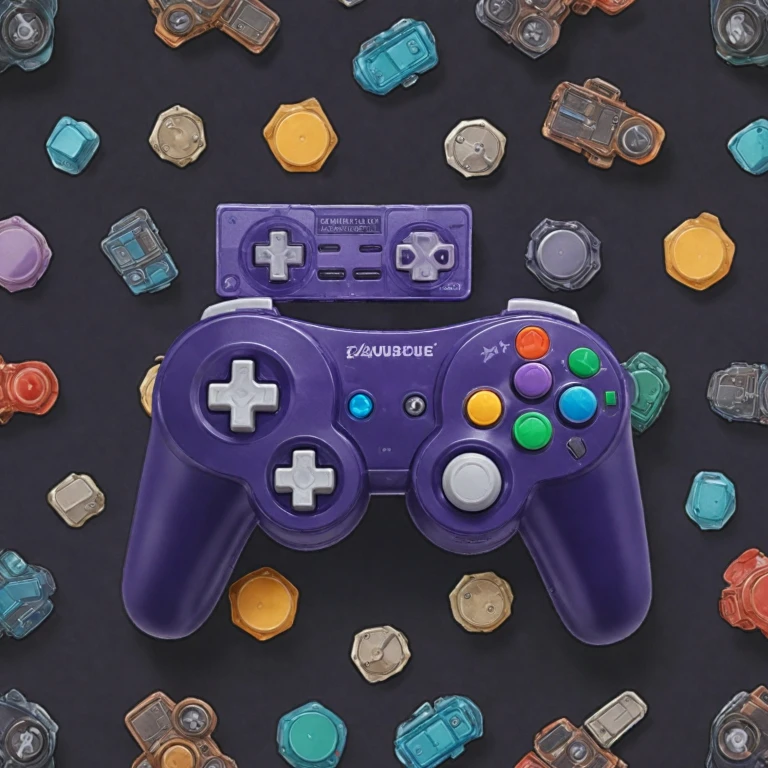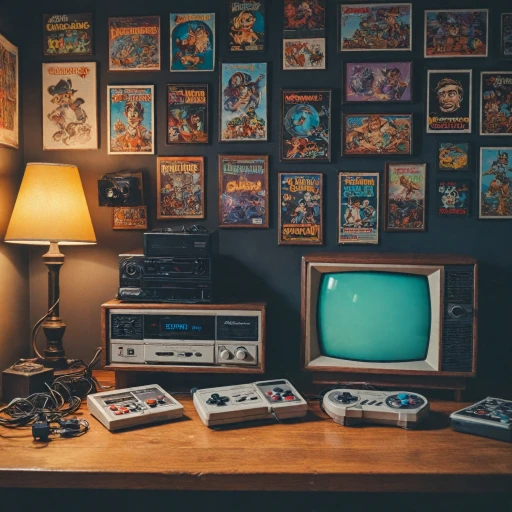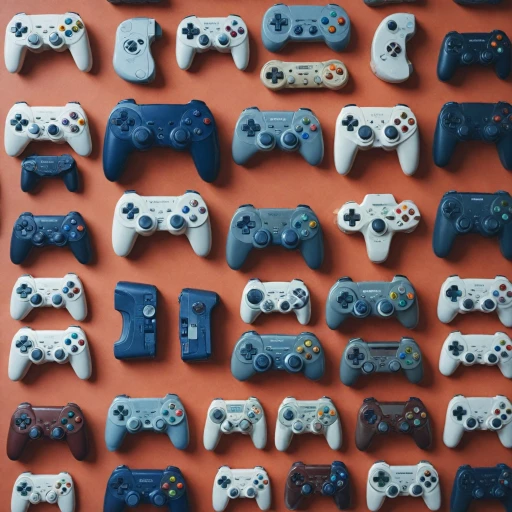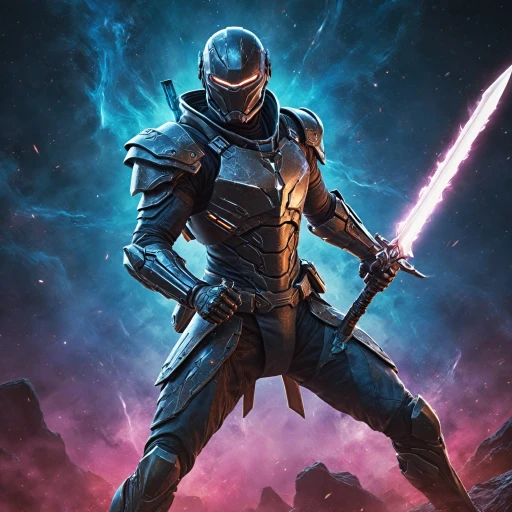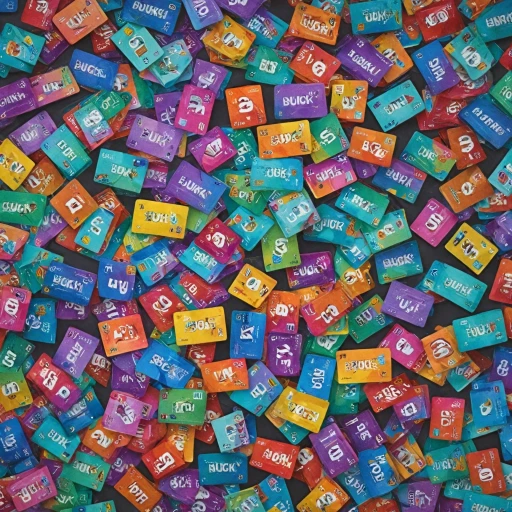Understanding the Differences
Key Distinctions Between GameCube and PlayStation Controllers
When moving from the classic GameCube controller to a PlayStation controller, gamers will notice several significant differences. Understanding these can help ease the transition and enhance the gaming experience.- Controller Design: The GameCube controller, used heavily by Nintendo fans even with newer consoles like the Wii and Nintendo Switch, offers a unique design featuring the prominent 'A' button alongside smaller 'B', 'X', and 'Y' buttons. Conversely, the PlayStation controller, famed for its symmetrical design, provides four identically sized buttons labeled with shapes instead of letters. This visual shift can be jarring for those accustomed to the GameCube's ergonomics.
- Button Configuration: Unlike the GameCube controller, which has fewer buttons, the PlayStation controller introduces additional elements like triggers and analog sticks. These modifications bring expanded gameplay possibilities, but they may also demand an adjustment period for Nintendo loyalists. For gamers adapting to new ergonomics, familiarity with the PlayStation's button mapping will be crucial.
- Connection and Compatibility: Many Nintendo enthusiasts have relied on controller adapters to connect GameCube controllers to systems like the Wii or even gaming PCs using Dolphin emulators. In contrast, the PlayStation controller integrates a more modern approach, often utilizing Bluetooth for wireless connectivity. This presents a change in how gamers physically interact with their devices, and navigating game compatibility becomes a key concern.
Adapting to New Ergonomics
Adjusting to New Controller Shapes
Transitioning from a Nintendo GameCube controller to a PlayStation controller can be a significant shift due to the distinct ergonomic designs of each. The GameCube controller, known for its unique button layout and the prominent A button, contrasts with the symmetrical design of PlayStation controllers. This change in shape and button arrangement might initially feel unfamiliar, but with time, it can enhance your gaming experience.
Familiarizing with Analog Stick Placement
The analog sticks on a GameCube controller are positioned differently compared to those on a PlayStation controller. While the GameCube features a single primary analog stick, the PlayStation controller offers dual analog sticks placed symmetrically. This layout can be advantageous for certain game genres, providing more precise control. Practice is key to adapting to this new setup, especially for those who are accustomed to the GameCube's single stick configuration.
Getting Comfortable with Button Layout
One of the most noticeable differences is the button layout. The PlayStation controller's consistent button shapes can initially confuse those used to the GameCube's distinct button sizes and placements. To ease this transition, consider using games that allow for button customization, which can help you map functions to familiar positions. This flexibility can make the adaptation process smoother and more intuitive.
Exploring Controller Customization Options
Modern PlayStation controllers often come with customization options that can help bridge the gap between the two gaming systems. Whether through software or hardware modifications, these options allow you to tailor the controller to your preferences, making the transition more comfortable. For those seeking additional guidance, consider exploring resources that unlock the potential of a V-Bucks gift card for additional customization options and insights.
Button Mapping and Customization
Customizing Button Layouts
Transitioning from a Nintendo GameCube controller to a PlayStation controller involves a bit of a learning curve when it comes to adapting to new ergonomics. The differences can become particularly distinct when focusing on button mapping and customization. The unique arrangement of buttons on a GameCube controller, such as the prominent A button to the smaller B and X/Y buttons, contrasts with the more uniform button layout of a PlayStation controller. While both controllers offer a level of customization, the PlayStation console allows for more direct button reassignment through its settings. This feature is beneficial when playing games that have been ported from the Nintendo Switch or GameCube games via a GameCube adapter. Here, adjusting the button layout can significantly ease the transition process. Consider the following when mapping buttons on your PlayStation controller:- Analog Sticks: The PlayStation controller’s symmetrical analog sticks require a different ergonomic approach compared to the GameCube's iconic left-positioned D-pad and C-stick.
- Triggers and Shoulder Buttons: Since PlayStation controllers feature two sets of these, assigning GameCube’s functionalities like the Z button to the L2/R2 can streamline gameplay.
- Shared Custom Settings: When transferring your gaming preferences from a GameCube adapter on the Nintendo Switch, ensure your preferred configurations reflect across your PlayStation games work for consistent gameplay experiences.
Navigating Game Compatibility
Exploring Cross-Platform Game Compatibility
When transitioning from using a GameCube controller to a PlayStation controller, it's essential to consider the compatibility of the games you wish to play. This transition can present some challenges, especially if you've been playing a variety of Nintendo titles that are traditionally optimized for the GameCube controller. To facilitate a smoother experience, many gamers choose to use controller adapters, such as the GameCube adapter, which allows you to use GameCube controllers on newer systems like the Nintendo Switch or even PC setups running emulators like Dolphin. These adapters often ensure that the unique button configurations and analog sticks from the GameCube setup are retained, enabling games to work more seamlessly with the controller they were designed for. For those interested in playing game classics on the PlayStation system, it’s crucial to explore whether these games have PlayStation-compatible versions or remakes that work with a PlayStation controller. The PlayStation online stores offer a variety of legacy games that have been adapted for their consoles, some of which originate from other platforms like the Nintendo GameCube. Moreover, if you're considering online subscriptions, platforms like the Nintendo Switch Online can offer a growing library of retro games, providing an opportunity to use GameCube controllers via an adapter. Understanding the compatibility between these various systems and controllers is vital for ensuring a fulfilling and uninterrupted gaming experience. Whether you're navigating classic GameCube games or exploring new titles on a PlayStation console, effective use of adapters and understanding game compatibility can greatly enhance your gameplay. Forums and community posts often provide valuable insights into which games work best with various controllers and adapters, and these resources can be an excellent reference to gauge community feedback and troubleshooting tips. Keep in mind that some titles might require you to re-map buttons or seek specific settings to emulate the original GameCube experience while using a PlayStation controller, ensuring that you can enjoy a smooth transition between platforms.Enhancing Your Gaming Experience
Dive Deeper Into the Gaming Realm
Transitioning to a new controller, especially from the classic GameCube model to the modern PlayStation design, opens up a myriad of ways to truly enhance your gaming experience. Whether you are indulging in a nostalgic revisit of Nintendo hits via a controller adapter, or exploring new-age titles on a PlayStation, there’s a whole universe waiting to be explored.- Experiment with Button Mapping
- A key device in any gamer’s toolkit, experimenting with button mapping allows you to configure your controller based on comfort and gameplay style. The PlayStation controller offers flexibility in button configuration compared to traditional GameCube controllers, which can be advantageous when navigating complex games or when venturing into different gaming genres.
- Gaming Accessories and Tools
- Accessories can significantly enhance your gameplay. Consider investing in items like wireless controllers or a high-quality GameCube adapter that can bridge the gap between old favorites and new consoles. Notably, a good quality controller adapter can help GameCube controllers work with modern systems such as the Nintendo Switch or with PC emulators like Dolphin.
- Compatibility and Streaming Options
- With the rise of streaming services and online platforms, it’s crucial to ensure that your controllers are compatible. Whether playing classics from Switch Online's GameCube games library or engaging with new releases on other platforms, understanding your controller capabilities is vital.
- Join Gaming Communities
- Immersing yourself into community discussions via forums, online posts, and reply threads can bring forth valuable insights. Gamers routinely share tips, experiences, and quotes on what works best for them when navigating different game platforms. Engaging with users who have already bridged the gap between GameCube and PlayStation controllers can provide you with practical advice and support.
Community Insights and Resources
Diving into Community Wisdom and Resources
When shifting from a GameCube controller to a PlayStation controller, immersing yourself in the vast gaming community can be immensely beneficial. Whether you're adjusting to new ergonomics, exploring button mapping, or navigating game compatibility, engaging with fellow gamers provides insights and shortcuts. Here’s how you can leverage community wisdom:- Online Forums and Posts: Participate in conversations on gaming forums where enthusiasts discuss transitions from Nintendo's GameCube controllers to the more recent PlayStation models. These spaces often reveal practical tips and tricks to make the adjustment smoother. Look for posts joined with genuine experiences and detailed guidance.
- Quote Posts and Reviews: Browsing through quote posts where gamers share their personal reviews can be enlightening. Such posts offer firsthand experiences with different controllers, uncovering issues you may not anticipate when transitioning. Moreover, discovering how others adapt their button configurations can spark new ideas.
- Third-Party Adapters: Investigate the use of controller adapters that allow connecting GameCube controllers to PlayStation consoles. Although names like the Nintendo Switch and Xbox controller are often mentioned, there are specific adapters that facilitate seamless transitions between these systems. Learning about these can make utilizing your existing GameCube or even wireless controllers possible across newer consoles.
- Community Events and Workshops: Engaging in local gaming meet-ups or online workshops focused on controller transitions can provide real-time assistance and support. Participants often share their personal adaptation techniques, from optimizing the layout of buttons to improving muscle memory.
- Embrace the Power of YouTube and Tutorials: Platforms like YouTube offer a treasure trove of tutorials on transitioning between controllers. Whether it’s learning about the precise positioning of analog sticks or mastering the sensitivity of PlayStation's buttons, visual guides can enhance your understanding.
